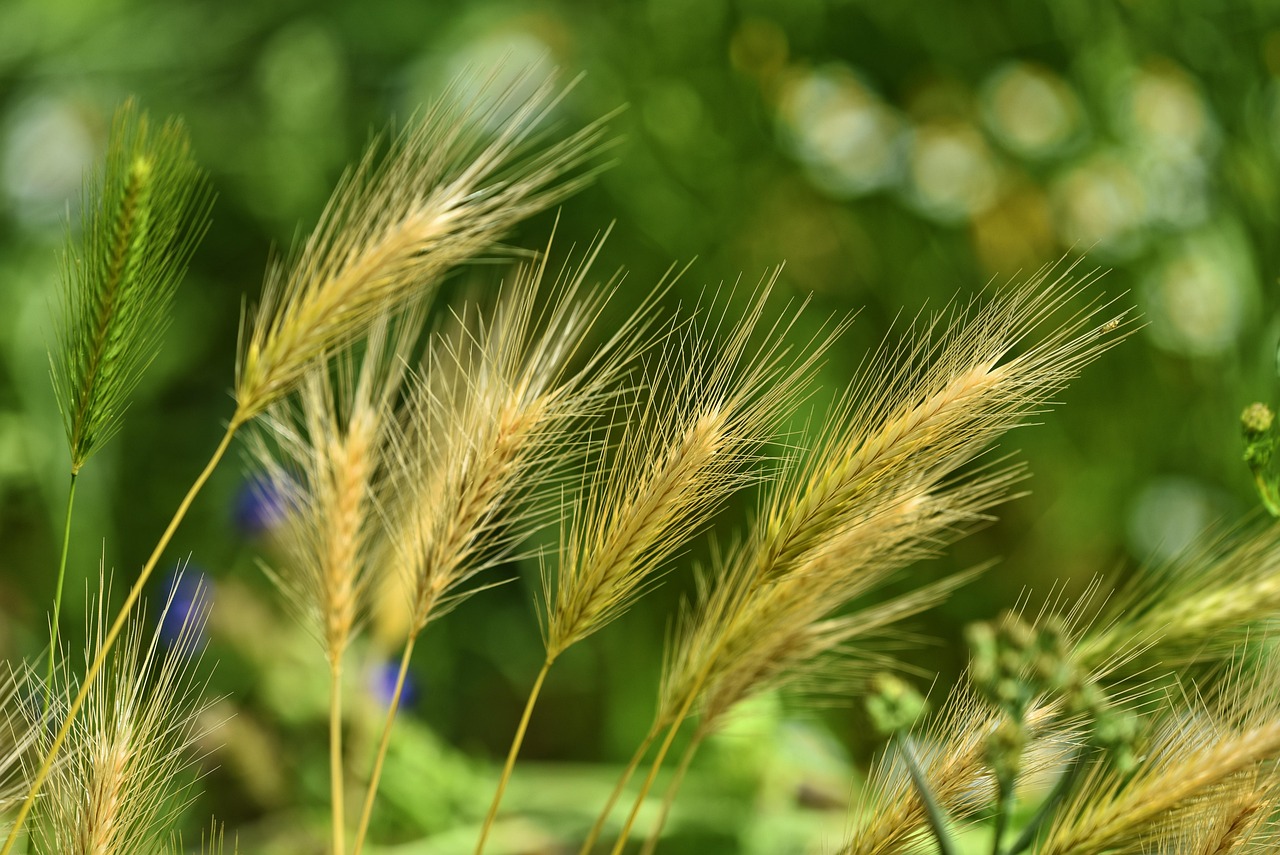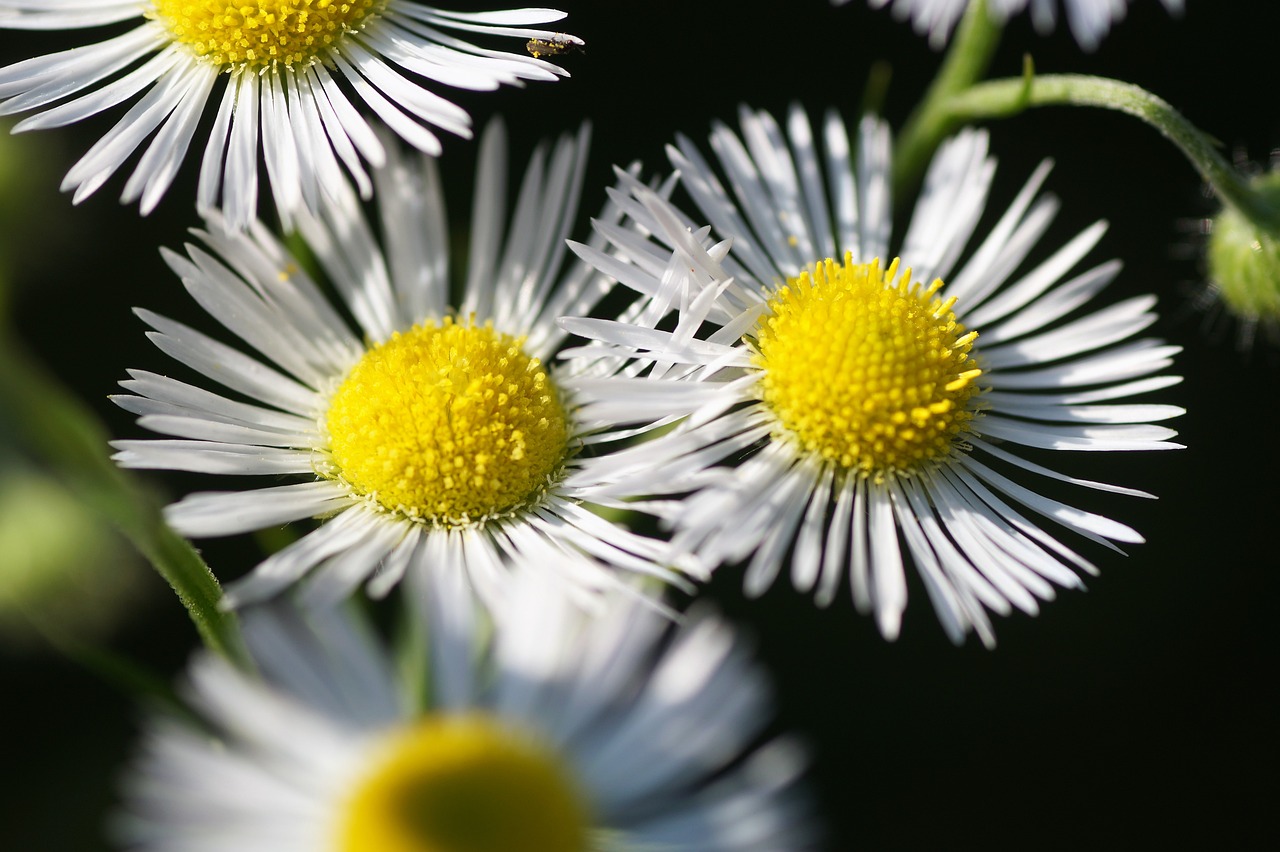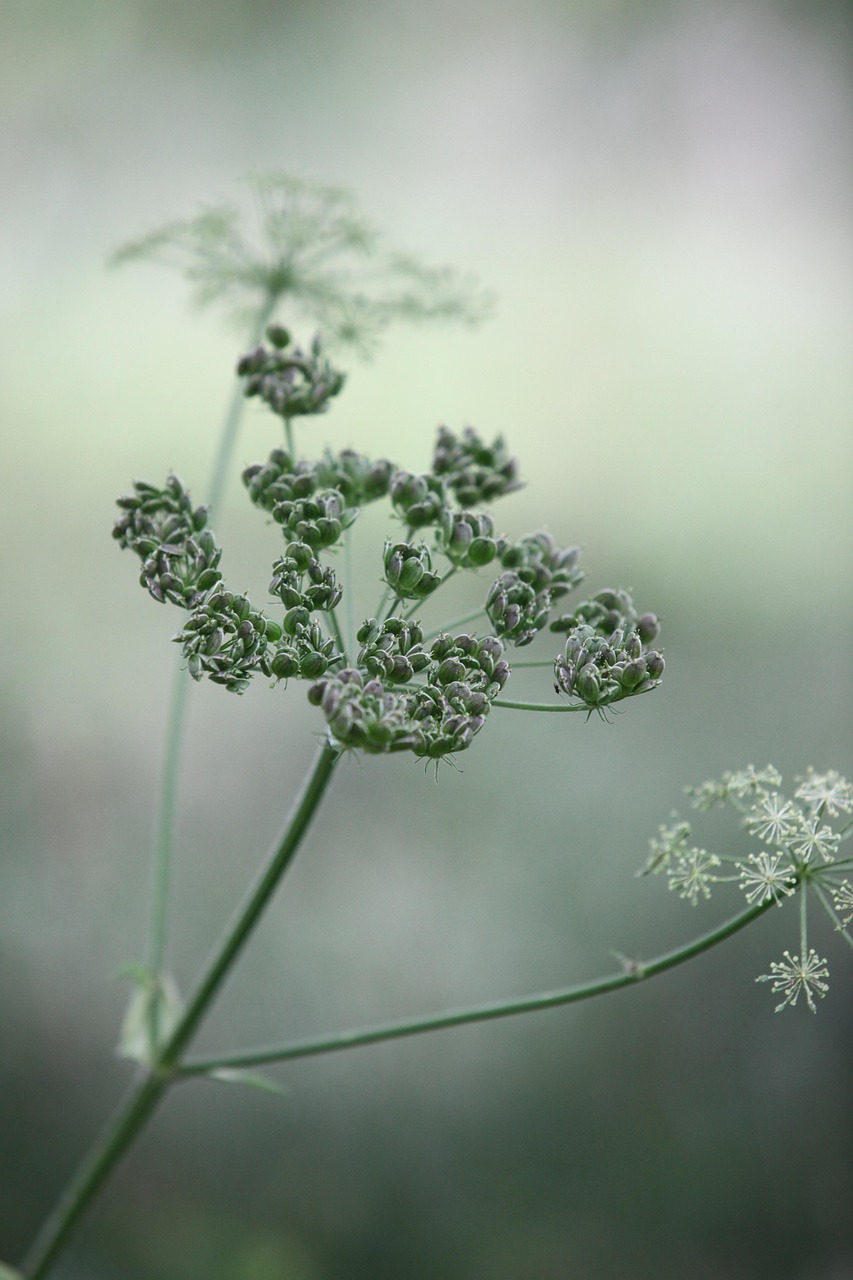Purple flowering weeds often catch our attention with their vibrant colors and striking appearances. These plants, while beautiful, can sometimes invade our gardens, turning what was once a serene space into a battleground for control. Understanding these regal intruders is essential for maintaining the health and aesthetics of your garden.
Purple flowering weeds belong to various families and species, each with its unique characteristics. They can sprout in diverse environments, from lawns to flower beds. Their resilience and adaptability make them both fascinating and challenging for gardeners. Some of these weeds are native to specific regions, while others have spread globally, often disrupting local ecosystems.

Many gardeners appreciate the beauty of these weeds initially, not realizing their potential to dominate and outcompete other plants. For instance, some purple flowering weeds may have deep root systems that allow them to access nutrients more effectively than surrounding plants. As a result, they can thrive even in less-than-ideal soil conditions.
| Common Name | Scientific Name | Flowering Season | Growth Habit |
|---|---|---|---|
| Purple Deadnettle | Lamium purpureum | Spring | Spreading groundcover |
| Creeping Charlie | Glechoma hederacea | Spring – Fall | Prostrate growth |
| Common Bluebell | Hyacinthoides non-scripta | Spring | Upright growth |
| Henbit | Lamium amplexicaule | Spring | Upright with sprawling stems |
Identifying Purple Flowering Weeds
Identifying purple flowering weeds can be a straightforward task with the right knowledge. These plants typically feature distinct purple flowers that can range from pale lavender to deep violet. Their leaves also vary in shape and size, making some species easily recognizable.
For instance, Purple Deadnettle has heart-shaped leaves and produces clusters of purple flowers. In contrast, Creeping Charlie has rounder leaves that grow close to the ground, often forming dense mats. Understanding these differences can help gardeners distinguish between desired plants and unwelcome weeds.
The Role of Purple Flowering Weeds in Ecosystems
While many view purple flowering weeds as mere nuisances, they can play significant roles in ecosystems. These plants often provide food for pollinators, such as bees and butterflies. Their blooms can be among the first available in spring, supporting early-season pollinator populations.
Moreover, some purple flowering weeds help improve soil structure. Their roots can break up compacted soil, allowing better water retention and aeration. This natural process can benefit neighboring plants by enhancing overall soil health.
Cultural Significance of Purple Flowering Weeds
Purple flowers have held cultural significance in various societies throughout history. They often symbolize royalty, elegance, and mystery. In gardening contexts, these flowers can attract attention and admiration, showcasing nature’s beauty.
However, it is essential to balance appreciation for their aesthetic qualities with the practical aspects of garden management. While they may enhance the visual appeal temporarily, uncontrolled growth can lead to challenges in maintaining desired plant species.
Understanding the dual nature of these plants is crucial for effective garden management. By recognizing their beauty and potential impact, gardeners can make informed decisions about how to handle purple flowering weeds in their spaces.
Common Purple Flowering Weeds in Gardens
Gardeners often encounter several common purple flowering weeds. Recognizing these species can aid in effectively managing their growth. Each type has unique characteristics that can help you identify them in your garden.
Purple Deadnettle
Purple Deadnettle is a biennial plant that often flowers in early spring. Its flowers are small and tubular, typically found in whorls at the base of leaves. This weed has square stems and can spread quickly, creating dense patches.
- Scientific name: Lamium purpureum
- Height: 12 to 24 inches
- Habitat: Thrives in disturbed areas, gardens, and lawns
- Control methods: Hand pulling or mowing before flowering
Creeping Charlie
Creeping Charlie, also known as ground ivy, is a perennial weed that forms low mats. Its purple flowers appear in clusters along the stems. This weed is notorious for its ability to invade lawns and flower beds, making it a common nuisance.
- Scientific name: Glechoma hederacea
- Height: 6 to 12 inches
- Habitat: Prefers shady areas with moist soil
- Control methods: Use of herbicides or manual removal
Common Bluebell
The Common Bluebell is another beautiful yet invasive species. It produces striking bell-shaped flowers that can carpet an area in spring. While they are lovely to behold, they can outcompete native plants if left unchecked.
- Scientific name: Hyacinthoides non-scripta
- Height: 12 to 18 inches
- Habitat: Commonly found in woodlands and grasslands
- Control methods: Digging up bulbs after flowering
Henbit
Henbit is an annual weed that often emerges in late winter to early spring. Its flowers are small and purple, forming loose clusters above the foliage. Henbit’s growth habit allows it to take advantage of bare soil, making it a frequent visitor in gardens.
- Scientific name: Lamium amplexicaule
- Height: 8 to 24 inches
- Habitat: Thrives in gardens and disturbed soils
- Control methods: Hand pulling or applying pre-emergent herbicides
The Impact of Purple Flowering Weeds on Garden Health

While many gardeners appreciate the beauty of purple flowering weeds, their presence can significantly impact garden health. Understanding these effects is essential for effective management.
Nutrient Competition
Purple flowering weeds can compete aggressively for nutrients and water. Their deep root systems allow them to absorb essential resources that other plants might need. This competition can lead to stunted growth or even death of desired plants.
Pest Attraction
The vibrant flowers of purple flowering weeds can attract various pests. While some may benefit pollinators, others may invite harmful insects that can damage your garden.
Disease Spread
Certain purple flowering weeds can act as hosts for diseases that affect other plants. By harboring pathogens, they may contribute to a decline in overall garden health.
A proactive approach to managing these weeds can help mitigate their negative impacts while allowing you to enjoy the beauty they bring to your garden.

Managing Purple Flowering Weeds

Effective management of purple flowering weeds is crucial for maintaining the overall health and beauty of your garden. Various strategies can be employed to control their growth while minimizing disruption to desired plants.
Preventive Measures
The best way to deal with purple flowering weeds is to prevent their establishment in the first place. Implementing a few key practices can significantly reduce their chances of taking over your garden.
- Healthy Soil: Maintaining healthy soil is vital. Well-aerated, nutrient-rich soil promotes the growth of desirable plants, making it harder for weeds to establish themselves.
- Dense Planting: Planting flowers and shrubs closely together can create competition for space and resources, hindering weed growth.
- Mulching: Applying a thick layer of mulch can suppress weed germination by blocking sunlight. Organic mulches also enrich the soil as they decompose.
Manual Removal
One of the simplest methods for controlling purple flowering weeds is manual removal. This technique is most effective for small infestations and should be done thoughtfully to minimize soil disturbance.
- Timing: The best time to remove weeds is before they flower and set seed. This prevents further spread.
- Technique: Grasp the base of the weed near the soil and pull upward with a twisting motion to ensure the root system comes out intact.
- Disposal: Dispose of pulled weeds properly, either by composting them if they are not seeding or by placing them in a sealed bag to avoid re-establishment.
Chemical Control Options
In cases where manual removal is not feasible or effective, chemical herbicides can serve as an option. However, caution should be exercised to avoid harming desirable plants.
- Selective Herbicides: These products target specific weed types without harming other plants. They work best when applied during active growth periods of the weeds.
- Pre-emergent Herbicides: Applying these herbicides before weed seeds germinate can prevent their establishment. Timing is critical, as they must be applied at the right moment in the growing season.
- Application Technique: Always follow label instructions carefully for application rates and safety precautions. Proper application minimizes risks to non-target plants and the environment.
Encouraging Beneficial Plants
Another effective strategy in managing purple flowering weeds is to encourage the growth of beneficial plants that can outcompete them. Native plants, in particular, can provide a robust defense against invasives.
Native Plants
Native plants are adapted to local conditions and often have deep root systems that allow them to thrive in challenging environments. Incorporating native species into your garden can help suppress purple flowering weeds naturally.
- Diversity: Planting a variety of native species can create a balanced ecosystem that supports beneficial insects and wildlife.
- Soil Health: Native plants often improve soil structure, leading to better moisture retention and nutrient availability.
- Pest Resistance: Many native plants have developed pest resistance, reducing the likelihood of attracting harmful insects.
Companion Planting
Companion planting involves growing specific plants together for mutual benefits. Certain combinations can deter pests or inhibit weed growth effectively.
- Scented Herbs: Plants like basil and rosemary can repel weeds and unwanted insects when planted alongside other garden favorites.
- Aromatic Flowers: Flowers such as marigolds may deter specific pests that could harm nearby plants while also providing color and interest.
By combining preventive measures, manual techniques, chemical controls, and encouraging beneficial plants, gardeners can create a healthier environment that minimizes the impact of purple flowering weeds while enhancing the beauty of their gardens.
Long-term Management Strategies
To effectively manage purple flowering weeds in your garden over the long term, it is essential to adopt integrated practices that combine various strategies. These approaches not only address immediate concerns but also contribute to sustainable gardening.
Regular Monitoring
One of the keys to successful weed management is regular monitoring of your garden. Keeping an eye on plant growth can help in early detection of purple flowering weeds before they become a significant problem.
- Frequent Inspections: Conduct weekly checks in your garden to spot any new weed growth. Early intervention can prevent weeds from setting seeds.
- Record Keeping: Maintain a log of weed occurrences and management actions taken. This information can help you identify patterns and improve your strategies over time.
Seasonal Strategies
Different seasons may require different management strategies. Understanding the life cycle of purple flowering weeds can guide your actions throughout the year.
- Spring: Focus on early identification and removal as many weeds germinate in spring. This is also a good time for applying pre-emergent herbicides.
- Summer: During the growing season, continue to monitor and manually remove any emerging weeds. This is also a great time to promote the growth of desirable plants.
- Fall: As the growing season winds down, consider applying mulch or cover crops to suppress weed growth during the winter months.
Community Involvement
Engaging with your local gardening community can provide valuable insights into managing purple flowering weeds effectively. Sharing experiences and solutions can lead to improved strategies that benefit everyone.
- Workshops and Meetings: Attend local garden clubs or workshops focused on weed management and sustainable gardening practices.
- Online Forums: Participate in online gardening forums where you can exchange tips and strategies with fellow gardeners.
Final Thoughts
Purple flowering weeds, while often regarded as regal intruders in our gardens, bring both challenges and opportunities. Their vibrant blooms can enhance the beauty of outdoor spaces, but their potential to disrupt the balance of our gardens cannot be overlooked. By employing a combination of preventive measures, manual removal, chemical controls, and encouraging beneficial plants, gardeners can create environments that minimize the negative impacts of these weeds.
Understanding the specific characteristics of common purple flowering weeds allows for more effective management strategies tailored to your unique garden conditions. Regular monitoring, seasonal strategies, and community involvement will further empower you to tackle these intruders head-on.
Ultimately, maintaining a beautiful and healthy garden involves balancing appreciation for nature’s diversity with proactive management practices. By embracing these principles, you can enjoy the exquisite beauty of purple flowering weeds while ensuring they do not overpower your cherished plants.
